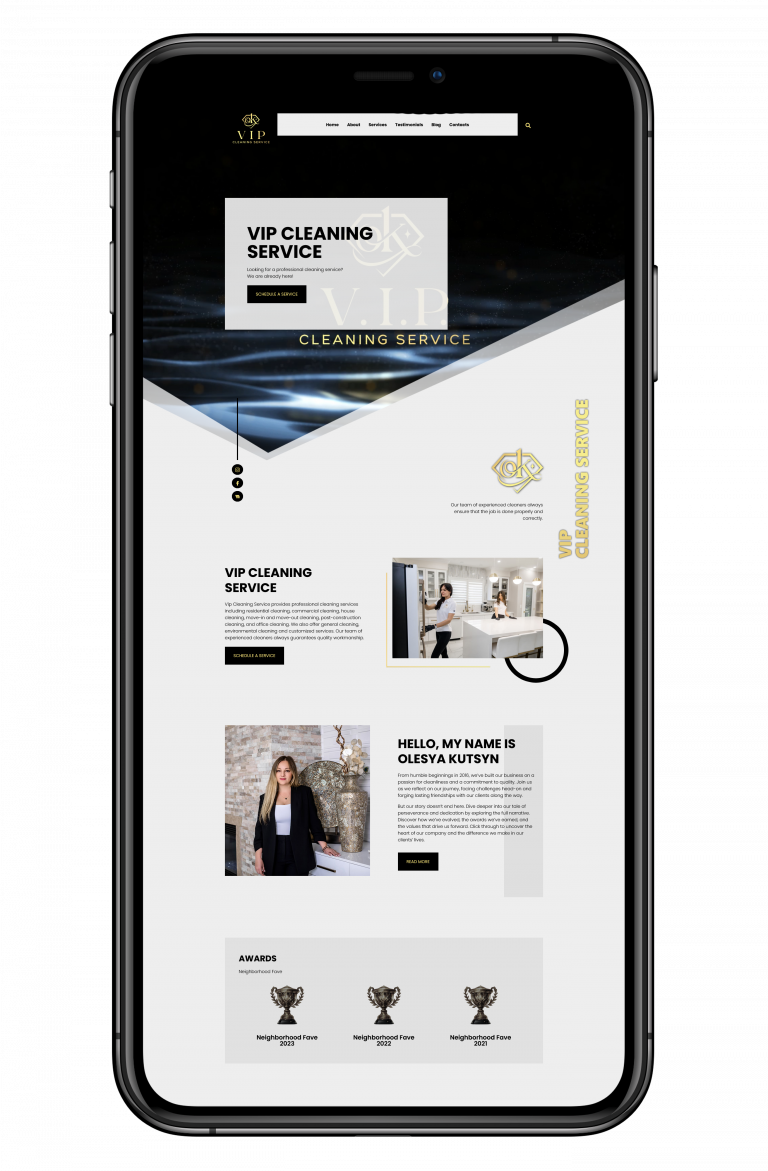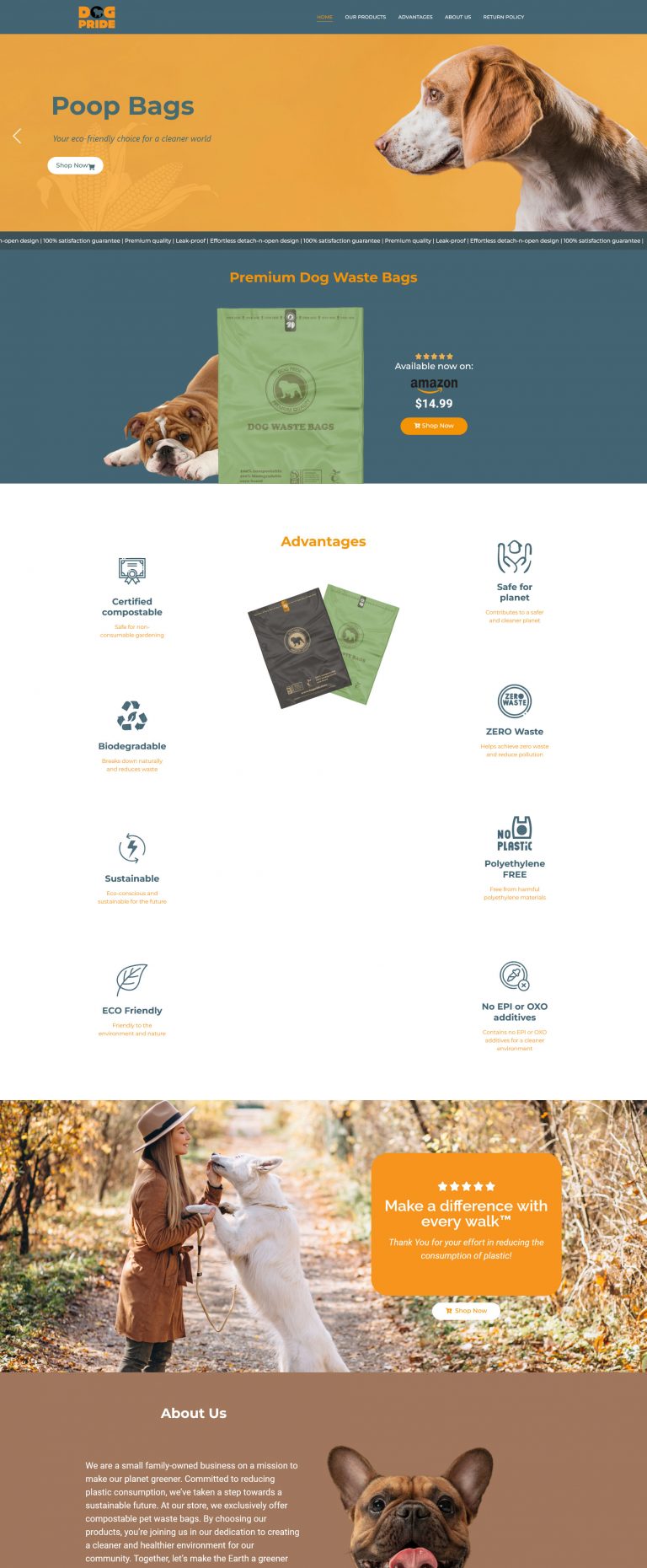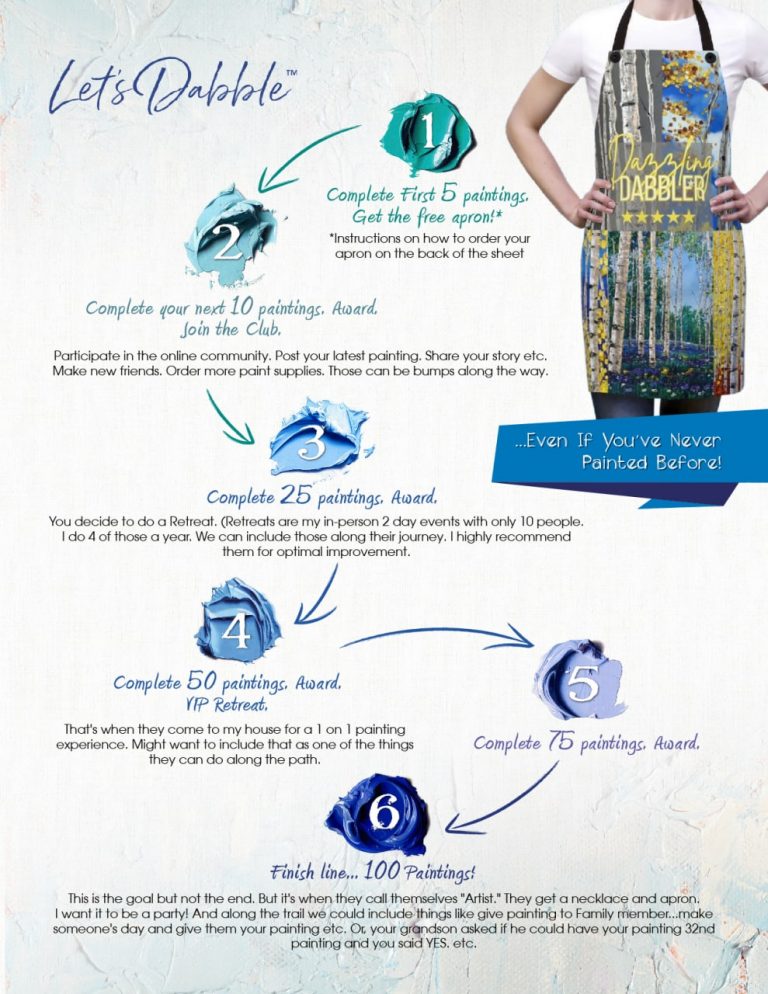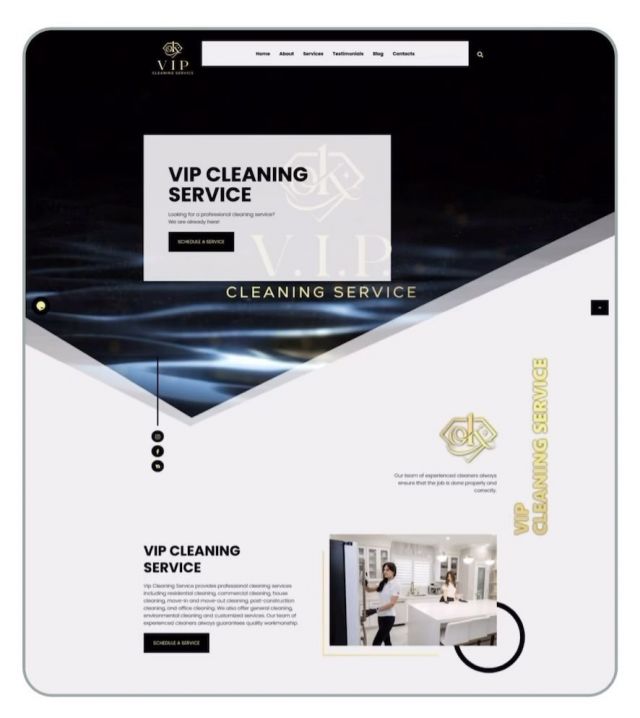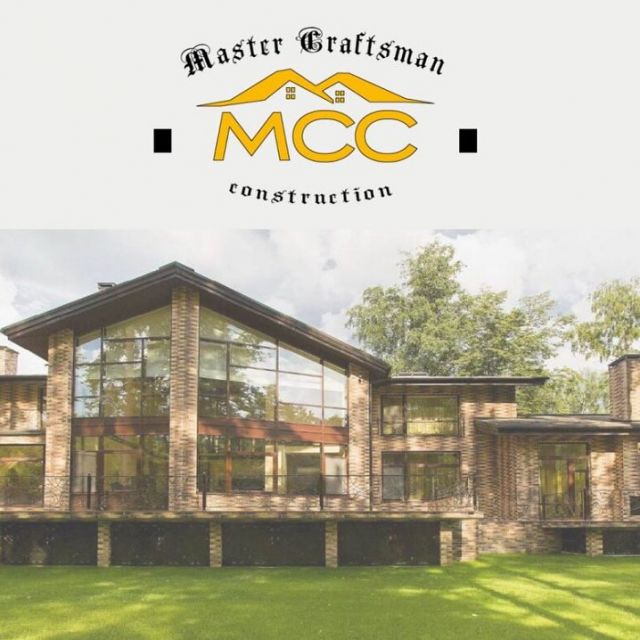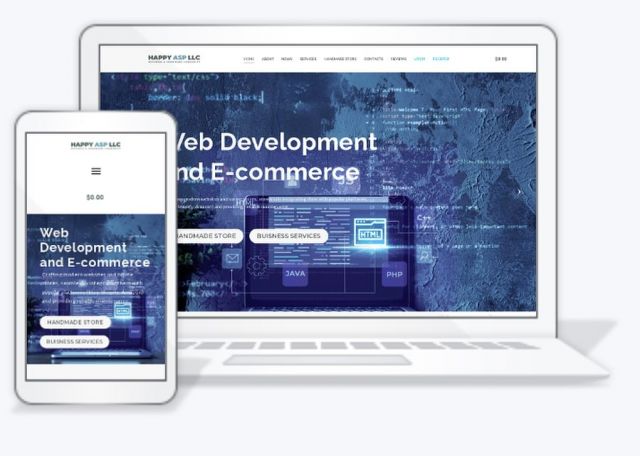Web Development and E-commerce
Crafting modern websites and online stores, seamlessly integrating them with popular platforms (Etsy, Shopify, Amazon) and providing reliable maintenance.
Advertising and Promotion
Strategically tuning advertisements, content distribution, and creating creative articles for blogs and social media
Design and Printing
Developing unique designs—from logos and business cards to banners and flyers. Printing stickers, labels, and intricate die-cut designs.
Course and Training
Gain access to our exclusive courses and training programs for the advancement of your business. With us, your business will become recognizable, stylish, and successful!

Who we are
With a passion for creativity and a commitment to excellence, HappyAsp LLC is here to bring your ideas to life. Our talented team of website designers skillfully navigates the currents of design to deliver websites that captivate, engage, and inspire success.
From developing unique designs, logos, flyers, and banners to printing stickers, labels, and intricate die-cut designs, we bring a touch of magic to the world of design.
SERVICES
SERVICES





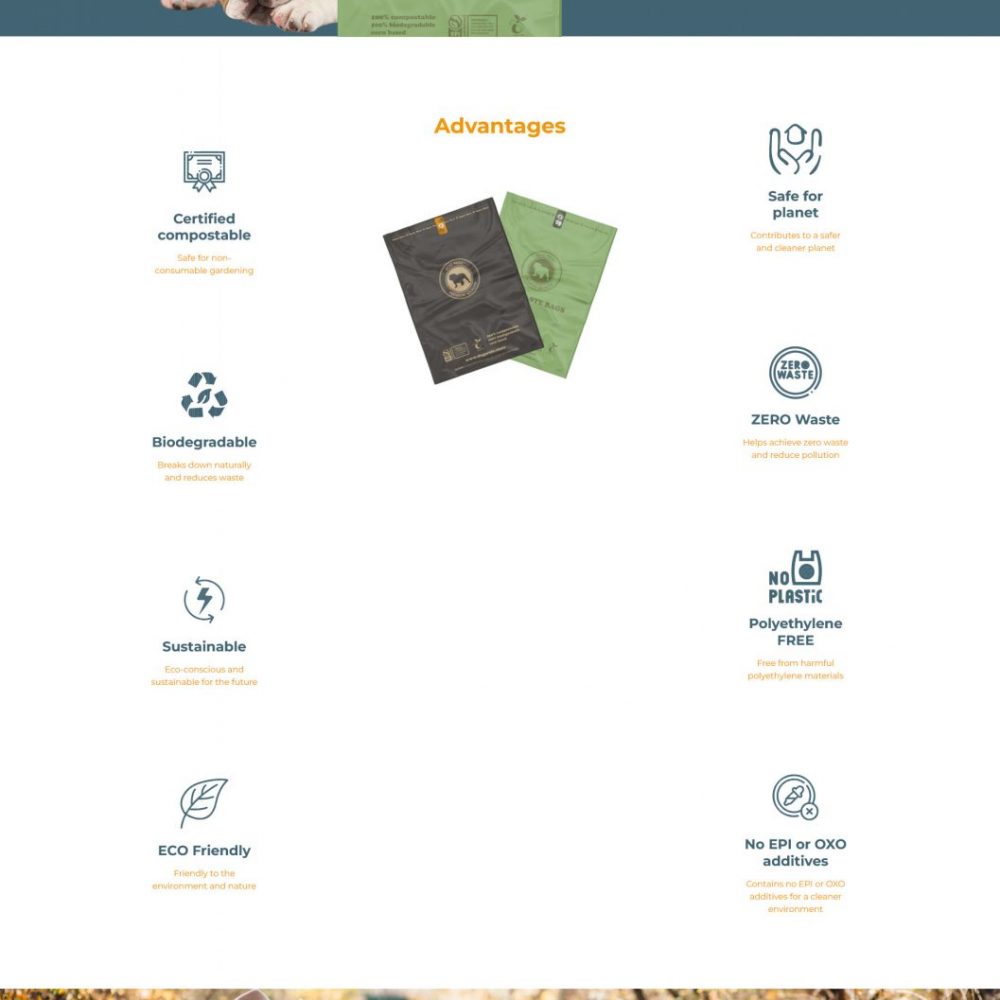



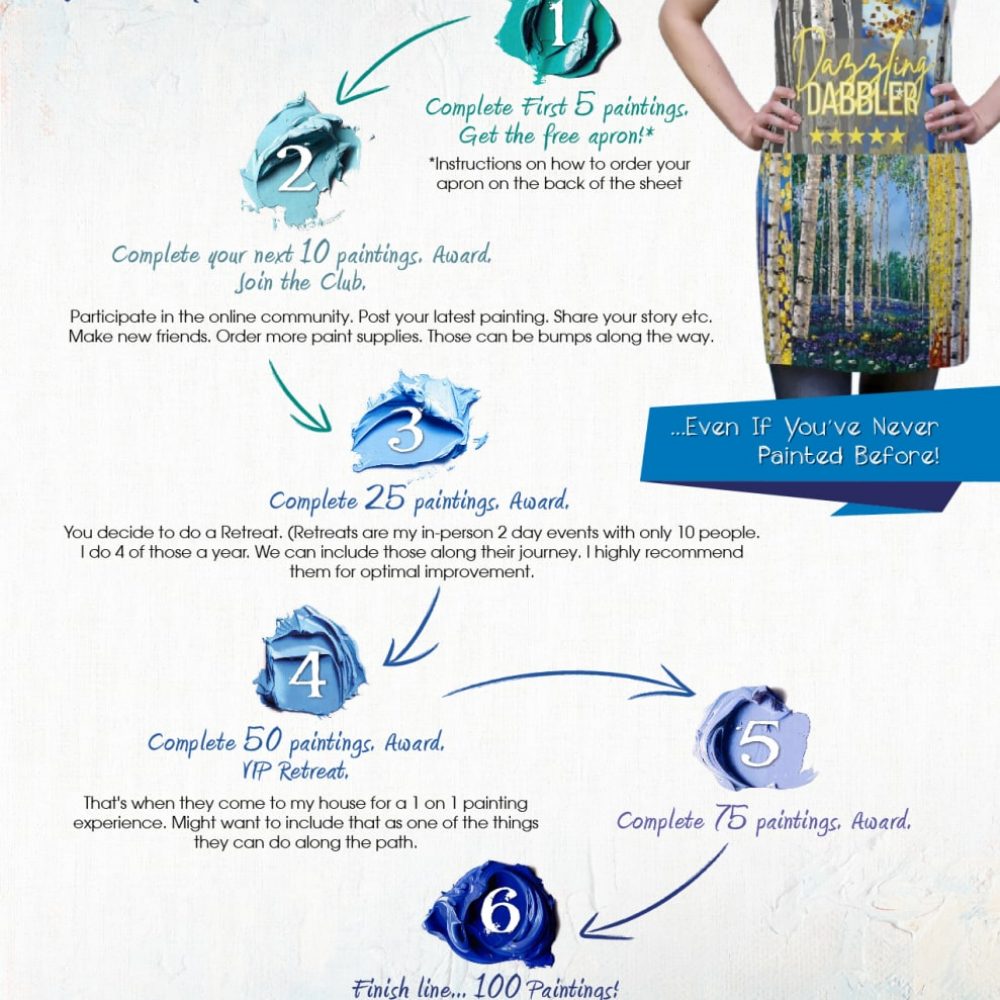



PORTFOLIO
PORTFOLIO
Now we want to do it for you.
SERVICES
SERVICES
REVIEWS
REVIEWS

The product was very creative and delicious. The best of all the recipient loved it, both the design, the wishes, and the creativity of the idea!

Thanks for the original gift! I am glad that now it is very easy for me to decide with a gift for my loved ones.))

Happy Valentine's Day to the best thing that ever happened to me in my life Micheal Stimson You're one of the most caring, unselfish, and hardworking individuals l've known babe. The things you do for us and others, there's no way I could tell you & to thank you enough and I love you so much !!
Happy Valentine's Day & 2 month anniversary Love!

OUR INSTAGRAM
OUR INSTAGRAM
FAQs
FAQs
The frequency of updating or upgrading a website depends on various factors, including the nature of the content, industry standards, and your business goals. Here are some general guidelines.
Content Updates: Regularly update the content on your website to keep it relevant and engaging. This could include adding new blog posts, updating product information, or refreshing other types of content. Aim for at least monthly updates.
Technology Upgrades: Keep your website's underlying technology up to date to ensure security, compatibility, and optimal performance. This may involve updating your content management system (CMS), plugins, and other software components. Check for updates quarterly or as needed.
Design Refresh:Consider a design refresh every two to three years to ensure your website stays visually appealing and aligned with current design trends. This doesn't necessarily mean a complete overhaul but may involve updating colors, fonts, and other design elements.
Responsive Design: With the increasing use of mobile devices, ensure that your website has a responsive design. Test and update as needed to provide a seamless experience across various devices.
SEO Updates: Stay informed about changes in search engine algorithms and update your website's SEO strategies accordingly. Regularly review and optimize meta tags, keywords, and other SEO elements.
User Feedback: Pay attention to user feedback and analytics. If users encounter issues or if there are suggestions for improvement, consider making updates promptly.
Security Updates: Regularly update security features to protect your website from potential vulnerabilities. This includes using secure protocols (HTTPS), implementing firewalls, and keeping all software up to date.Remember, these are general guidelines, and the specific needs of your website may vary. Regularly assess your site's performance, user experience, and the competitive landscape to determine when updates or upgrades are necessary.
Yes, it's entirely possible to redesign your existing website without creating an entirely new site. This process is commonly referred to as a "website redesign." Here are some steps you can take.
Assessment: Begin by evaluating your current website. Identify what aspects you want to change, such as the overall design, layout, color scheme, or functionality.
Define Objectives: Clearly define your objectives for the redesign. Whether it's improving the user experience, updating the design to be more modern, or optimizing for mobile responsiveness, having clear goals will guide the redesign process.
Content Review: Assess your existing content. Determine what content needs to be updated, revised, or added. This is an excellent opportunity to ensure that your content aligns with your current business goals and is relevant to your target audience.
Visual Elements: Focus on visual elements such as graphics, images, and branding. You can update these elements to create a fresh and modern look without changing the entire structure of your website.
Usability Improvements: Evaluate the usability of your site. Consider making improvements to navigation, ensuring a user-friendly experience, and optimizing for different devices.
Responsive Design: If your current website isn't already mobile-friendly, consider making it responsive to ensure a consistent and appealing experience across various devices.
Iterative Changes: You don't need to implement all changes at once. You can gradually implement improvements over time. This allows you to monitor the impact of each change and make adjustments as needed.
Technical Updates: While redesigning, take the opportunity to update any outdated technology or plugins. Ensure that your website's software is up to date for security and performance reasons.
Testing: Before making the redesigned site live, thoroughly test it to identify and address any issues. This includes testing across different browsers and devices.
Feedback and Analytics: Once the redesigned site is live, gather feedback from users and analyze website analytics to ensure that the changes have a positive impact.
By taking a thoughtful and strategic approach to the redesign process, you can enhance the look and functionality of your website without starting from scratch.
The time it takes to create and implement a web design for a business can vary widely based on several factors. These factors include the complexity of the project, the size of the website, the features required, and the efficiency of the development process. Here's a general breakdown.
Small Business Website (Simple Design): If you have a relatively simple website for a small business with a few pages (e.g., home, about, services, contact), the design and development process could take anywhere from a few weeks to a couple of months.
Medium-Sized Business Website (Moderate Complexity): For a medium-sized business with additional features such as a blog, portfolio, or e-commerce functionality, the process may take around two to four months.
Large Business or E-commerce Website (High Complexity): Larger websites with more advanced features, extensive content, or e-commerce functionality can take anywhere from four months to a year or more. E-commerce sites, in particular, may require additional time for product integrations, payment gateways, and testing.
Keep in mind the following considerations:
Planning and Strategy: The initial phase of planning, gathering requirements, and defining the overall strategy for the website can significantly impact the timeline.
Design Phase: The design phase involves creating wireframes, mockups, and getting client approval. This phase's duration depends on the number of revisions and the complexity of the design.
Development: The development phase includes coding, building functionality, and integrating features. The complexity of the site and the expertise of the development team influence this phase's duration.
Testing and Feedback: Testing is a crucial step to identify and fix issues. Incorporating client feedback and making necessary adjustments can add to the timeline.
Launch and Post-Launch Activities: The final stages involve launching the website and handling any post-launch activities, such as monitoring performance, fixing any issues that arise, and implementing updates.
It's essential to communicate effectively with your web development team or agency, set realistic expectations, and be involved in the process to ensure a successful and timely outcome. The timeline can be shorter or longer based on specific project requirements and unforeseen challenges that may arise during the development process.
Responsive website design is an approach to web design that ensures a website's layout and content adapt to different screen sizes and devices. The goal is to provide an optimal viewing and interaction experience, regardless of whether the user is accessing the site on a desktop computer, laptop, tablet, or smartphone.
Key features of responsive website design include:
- **Fluid Grid Layout:** Instead of using fixed pixel measurements for layout elements, responsive design uses relative units such as percentages. This allows the layout to adapt fluidly to different screen sizes.
- **Flexible Images and Media:** Images and media are also sized using relative units, ensuring that they scale proportionally based on the screen width. This prevents images from becoming too large or too small on different devices.
- **Media Queries:** CSS (Cascading Style Sheets) media queries are used to apply different styles based on the characteristics of the device or browser. For example, certain styles might be applied for screens larger than a certain width and different styles for smaller screens.
- **Viewport Meta Tag:** The viewport meta tag is used to control the viewport's behavior and scale on mobile devices. It helps ensure that the content is displayed properly on a variety of devices and screen resolutions.
Benefits of responsive website design include:
- **Improved User Experience:** Users can access and navigate your site seamlessly across various devices, enhancing their overall experience.
- **Cost-Efficiency:** Instead of creating separate websites for different devices, a responsive design approach allows you to maintain a single codebase, reducing development and maintenance costs.
- **Search Engine Optimization (SEO):** Google and other search engines favor mobile-friendly websites. A responsive design can positively impact your site's search engine rankings.
- **Easier Maintenance:** With a single codebase, updates and maintenance are more straightforward as changes apply universally across all devices.
In summary, responsive website design is a design and development approach that prioritizes a consistent and user-friendly experience across a diverse range of devices and screen sizes. This adaptability is crucial in the modern digital landscape, where users access websites from an array of devices with varying screen dimensions and resolutions.
SEO web design refers to the practice of designing and developing a website with search engine optimization (SEO) principles in mind. The goal is to create a website that not only looks visually appealing and functions well but is also optimized to rank higher in search engine results. The integration of SEO strategies into the design and development process helps improve a website's visibility, accessibility, and overall performance in search engine rankings.
Key elements of SEO web design include:
Keyword Research and Placement:
- Identify relevant keywords related to your business or content.
- Strategically place keywords in key areas such as titles, headers, meta tags, and content.
Mobile-Friendly Design (Responsive Design):
- Ensure that the website is designed to be responsive and provide a good user experience on various devices, especially mobile devices.
- Google and other search engines prioritize mobile-friendly websites in their rankings.
Optimized Page Speed:
- Optimize images and other media files to reduce page load times.
- Minimize HTTP requests and use browser caching to improve overall website speed.
- Fast-loading pages contribute to a positive user experience and can positively impact search rankings.
Clean and Semantic HTML Markup:
- Use clean and well-structured HTML markup.
- Semantic HTML helps search engines understand the content and context of your website, potentially improving rankings.
User-Friendly Navigation:
- Create a clear and intuitive navigation structure.
- Users and search engines should be able to easily navigate through the site to find relevant information.
Quality Content:
- Develop high-quality, relevant, and engaging content.
- Regularly update and add fresh content to keep the website current and appealing to both users and search engines.
Optimized URLs and Site Structure:
- Create SEO-friendly URLs that include relevant keywords.
- Organize the website's structure logically, making it easy for search engines to crawl and index.
Social Media Integration:
- Integrate social media sharing options to encourage the sharing of your content.
- Social signals can indirectly impact search rankings.
Schema Markup:
- Implement schema markup to provide search engines with additional context about your content.
- This can enhance how your content appears in search engine results.
Regular SEO Audits and Updates:
- Conduct regular SEO audits to identify areas for improvement.
- Stay informed about changes in search engine algorithms and update your website accordingly.
By incorporating these SEO-focused elements into the web design process, you can create a website that is not only visually appealing but also well-optimized for search engines, potentially improving its visibility and performance in search results.
The frequency of updating or upgrading a website depends on various factors, including the nature of the content, industry standards, and your business goals. Here are some general guidelines.
Content Updates: Regularly update the content on your website to keep it relevant and engaging. This could include adding new blog posts, updating product information, or refreshing other types of content. Aim for at least monthly updates.
Technology Upgrades: Keep your website’s underlying technology up to date to ensure security, compatibility, and optimal performance. This may involve updating your content management system (CMS), plugins, and other software components. Check for updates quarterly or as needed.
Design Refresh:Consider a design refresh every two to three years to ensure your website stays visually appealing and aligned with current design trends. This doesn’t necessarily mean a complete overhaul but may involve updating colors, fonts, and other design elements.
Responsive Design: With the increasing use of mobile devices, ensure that your website has a responsive design. Test and update as needed to provide a seamless experience across various devices.
SEO Updates: Stay informed about changes in search engine algorithms and update your website’s SEO strategies accordingly. Regularly review and optimize meta tags, keywords, and other SEO elements.
User Feedback: Pay attention to user feedback and analytics. If users encounter issues or if there are suggestions for improvement, consider making updates promptly.
Security Updates: Regularly update security features to protect your website from potential vulnerabilities. This includes using secure protocols (HTTPS), implementing firewalls, and keeping all software up to date.Remember, these are general guidelines, and the specific needs of your website may vary. Regularly assess your site’s performance, user experience, and the competitive landscape to determine when updates or upgrades are necessary.
Yes, it’s entirely possible to redesign your existing website without creating an entirely new site. This process is commonly referred to as a “website redesign.” Here are some steps you can take.
Assessment: Begin by evaluating your current website. Identify what aspects you want to change, such as the overall design, layout, color scheme, or functionality.
Define Objectives: Clearly define your objectives for the redesign. Whether it’s improving the user experience, updating the design to be more modern, or optimizing for mobile responsiveness, having clear goals will guide the redesign process.
Content Review: Assess your existing content. Determine what content needs to be updated, revised, or added. This is an excellent opportunity to ensure that your content aligns with your current business goals and is relevant to your target audience.
Visual Elements: Focus on visual elements such as graphics, images, and branding. You can update these elements to create a fresh and modern look without changing the entire structure of your website.
Usability Improvements: Evaluate the usability of your site. Consider making improvements to navigation, ensuring a user-friendly experience, and optimizing for different devices.
Responsive Design: If your current website isn’t already mobile-friendly, consider making it responsive to ensure a consistent and appealing experience across various devices.
Iterative Changes: You don’t need to implement all changes at once. You can gradually implement improvements over time. This allows you to monitor the impact of each change and make adjustments as needed.
Technical Updates: While redesigning, take the opportunity to update any outdated technology or plugins. Ensure that your website’s software is up to date for security and performance reasons.
Testing: Before making the redesigned site live, thoroughly test it to identify and address any issues. This includes testing across different browsers and devices.
Feedback and Analytics: Once the redesigned site is live, gather feedback from users and analyze website analytics to ensure that the changes have a positive impact.
By taking a thoughtful and strategic approach to the redesign process, you can enhance the look and functionality of your website without starting from scratch.
The time it takes to create and implement a web design for a business can vary widely based on several factors. These factors include the complexity of the project, the size of the website, the features required, and the efficiency of the development process. Here’s a general breakdown.
Small Business Website (Simple Design): If you have a relatively simple website for a small business with a few pages (e.g., home, about, services, contact), the design and development process could take anywhere from a few weeks to a couple of months.
Medium-Sized Business Website (Moderate Complexity): For a medium-sized business with additional features such as a blog, portfolio, or e-commerce functionality, the process may take around two to four months.
Large Business or E-commerce Website (High Complexity): Larger websites with more advanced features, extensive content, or e-commerce functionality can take anywhere from four months to a year or more. E-commerce sites, in particular, may require additional time for product integrations, payment gateways, and testing.
Keep in mind the following considerations:
Planning and Strategy: The initial phase of planning, gathering requirements, and defining the overall strategy for the website can significantly impact the timeline.
Design Phase: The design phase involves creating wireframes, mockups, and getting client approval. This phase’s duration depends on the number of revisions and the complexity of the design.
Development: The development phase includes coding, building functionality, and integrating features. The complexity of the site and the expertise of the development team influence this phase’s duration.
Testing and Feedback: Testing is a crucial step to identify and fix issues. Incorporating client feedback and making necessary adjustments can add to the timeline.
Launch and Post-Launch Activities: The final stages involve launching the website and handling any post-launch activities, such as monitoring performance, fixing any issues that arise, and implementing updates.
It’s essential to communicate effectively with your web development team or agency, set realistic expectations, and be involved in the process to ensure a successful and timely outcome. The timeline can be shorter or longer based on specific project requirements and unforeseen challenges that may arise during the development process.
Key features of responsive website design include:
- **Fluid Grid Layout:** Instead of using fixed pixel measurements for layout elements, responsive design uses relative units such as percentages. This allows the layout to adapt fluidly to different screen sizes.
- **Flexible Images and Media:** Images and media are also sized using relative units, ensuring that they scale proportionally based on the screen width. This prevents images from becoming too large or too small on different devices.
- **Media Queries:** CSS (Cascading Style Sheets) media queries are used to apply different styles based on the characteristics of the device or browser. For example, certain styles might be applied for screens larger than a certain width and different styles for smaller screens.
- **Viewport Meta Tag:** The viewport meta tag is used to control the viewport’s behavior and scale on mobile devices. It helps ensure that the content is displayed properly on a variety of devices and screen resolutions.
Benefits of responsive website design include:
– **Improved User Experience:** Users can access and navigate your site seamlessly across various devices, enhancing their overall experience.
– **Cost-Efficiency:** Instead of creating separate websites for different devices, a responsive design approach allows you to maintain a single codebase, reducing development and maintenance costs.
– **Search Engine Optimization (SEO):** Google and other search engines favor mobile-friendly websites. A responsive design can positively impact your site’s search engine rankings.
– **Easier Maintenance:** With a single codebase, updates and maintenance are more straightforward as changes apply universally across all devices.
In summary, responsive website design is a design and development approach that prioritizes a consistent and user-friendly experience across a diverse range of devices and screen sizes. This adaptability is crucial in the modern digital landscape, where users access websites from an array of devices with varying screen dimensions and resolutions.
SEO web design refers to the practice of designing and developing a website with search engine optimization (SEO) principles in mind. The goal is to create a website that not only looks visually appealing and functions well but is also optimized to rank higher in search engine results. The integration of SEO strategies into the design and development process helps improve a website’s visibility, accessibility, and overall performance in search engine rankings.
Key elements of SEO web design include:
Keyword Research and Placement:
- Identify relevant keywords related to your business or content.
- Strategically place keywords in key areas such as titles, headers, meta tags, and content.
Mobile-Friendly Design (Responsive Design):
- Ensure that the website is designed to be responsive and provide a good user experience on various devices, especially mobile devices.
- Google and other search engines prioritize mobile-friendly websites in their rankings.
Optimized Page Speed:
- Optimize images and other media files to reduce page load times.
- Minimize HTTP requests and use browser caching to improve overall website speed.
- Fast-loading pages contribute to a positive user experience and can positively impact search rankings.
Clean and Semantic HTML Markup:
- Use clean and well-structured HTML markup.
- Semantic HTML helps search engines understand the content and context of your website, potentially improving rankings.
User-Friendly Navigation:
- Create a clear and intuitive navigation structure.
- Users and search engines should be able to easily navigate through the site to find relevant information.
Quality Content:
- Develop high-quality, relevant, and engaging content.
- Regularly update and add fresh content to keep the website current and appealing to both users and search engines.
Optimized URLs and Site Structure:
- Create SEO-friendly URLs that include relevant keywords.
- Organize the website’s structure logically, making it easy for search engines to crawl and index.
Social Media Integration:
- Integrate social media sharing options to encourage the sharing of your content.
- Social signals can indirectly impact search rankings.
Schema Markup:
- Implement schema markup to provide search engines with additional context about your content.
- This can enhance how your content appears in search engine results.
Regular SEO Audits and Updates:
- Conduct regular SEO audits to identify areas for improvement.
- Stay informed about changes in search engine algorithms and update your website accordingly.
By incorporating these SEO-focused elements into the web design process, you can create a website that is not only visually appealing but also well-optimized for search engines, potentially improving its visibility and performance in search results.
CONTACT US
CONTACT US

Take Action Now! CONTACT US TODAY TO SCHEDULE YOUR FREE APPOINTMENT
Phone Number
+1 916 272 9485
Email Address
happyaspllc@gmail.com
Location
Hampton ln. & Bircage st., Citrus Heights, CA, United States





